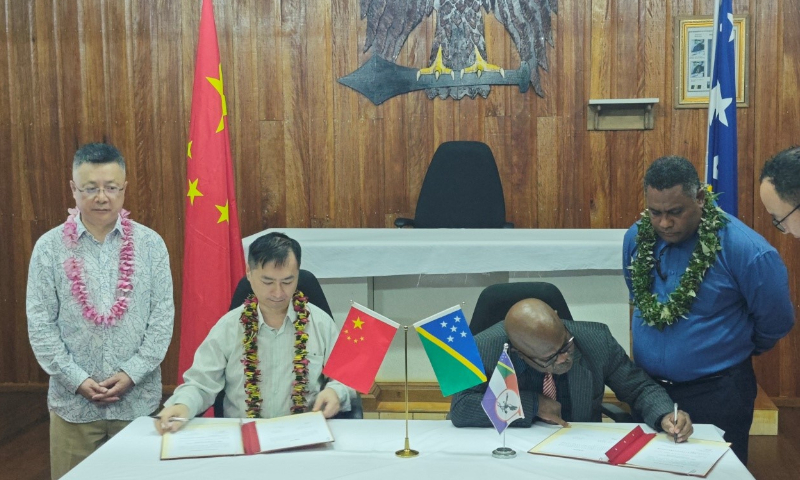Drainage of 210-million-cubic-meter standing water starts after breached dike at Dongting Lake sealed off

Drainage of 210-million-cubic-meter standing water in the flooded Tuanzhou dike region due to spillover from the rain effected Dongting Lake in Central China’s Hunan Province fully started on Tuesday morning, after the breached dike was successfully repaired late on Monday night, thanks to on-site rescuers racing against time to plug the 226-meter breach within 77 hours, well ahead of schedule.
Drainage equipment was promptly dispatched and deployed to the flooded Tuanzhou township, Huarong county in Hunan Province. As of Tuesday morning, a variety of submersible equipment, electric pumps, along with other necessary drainage tools had been delivered to the Tuanzhou embankment to carry out drainage operations.
At around 7 am on Tuesday, a team specializing in handling waterlogging from the Hunan provincial firefighting and rescue force arrived at the Tuanzhou embankment to start drainage work.
China’s National Fire and Rescue Administration also dispatched firefighting and rescue forces from Central China’s Hubei Province, Southwest China’s Chongqing Municipality and Guizhou Province to the scene on Tuesday morning to provide cross-provincial support.
Drainage work deployment began on late Monday night to lower the level of the standing water within the flooded Tuanzhou dike region, in order to reduce the flood control pressure on a 14.35-kilometer-long embankment.
Multiple cases of dike piping were identified along the embankment on Monday morning, with more than 300 armed police officers, firefighters, and other rescue personnel urgently dispatched to address the situation, effectively and promptly controlling the piping hazard.
As of Monday evening, a total of 24 hazardous incidents such as piping and water seepage reported along the embankment had all been resolved, Zhu Dongtie, director of Hunan Provincial Department of Water Resources said during a press briefing on Monday evening, noting that as the time extends, the pressure on the embankment will increase considerably.
On late Monday night at 10:31 pm, rescue personnel successfully sealed the breached dike at China’s second-largest freshwater lake, from which a total of 210 million cubic meters of water, equivalent to the volume of water of 15 West Lakes, remained within the Tuanzhou dike region, flooding 47.64 square kilometers out of the region, forcing six villages and one community with a total of 7,680 residents to vacate their homes.
In order to alleviate the flood defense pressure on “the second line of defense” and quickly restore normal activity within the flooded Tuanzhou dike region, there remains an urgent need to lower the water level inside the embankment and discharge remaining floodwater.
Experts suggested that the daily drop in water level should not exceed 30 centimeters in a bid to drain the standing water as quickly as possible meanwhile ensuring the safety of the dike, Central China Television (CCTV) reported on Monday.
Calculated according to the area of 50 square kilometers of Tuanzhou dike region, the daily volume of drainage is estimated to be around 15 million cubic meters of water. Since the terrain of Tuanzhou dike region is characterized by being higher on both sides and lower in the middle, the standing water in the higher terrain will be drained faster while water pooling in lower terrain will be drained more slowly, with approximately a total of 17 days needed to drain all the water in the region, according to CCTV.
China’s Ministry of Water Resources has required to thoroughly implement all follow-up response measures including continuously analyzing and assessing potential risks such as the prolonged high-water levels as well as the piping, seepage and slope failures at the Dongting dike and other dikes.
Local officials also reminded the public to remain vigilant for new flood warnings during the drainage process, noting that emergency response tasks remain complex and challenging.







